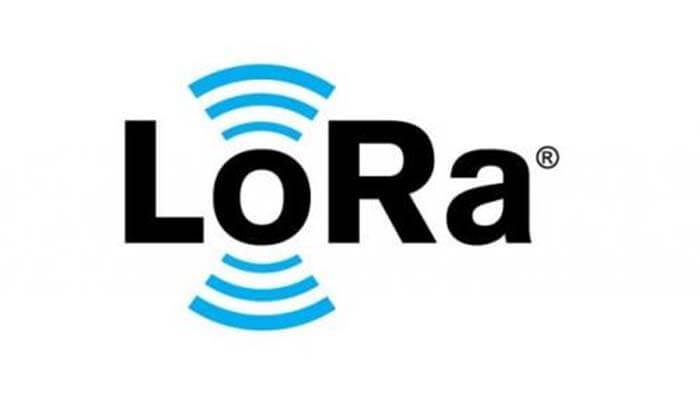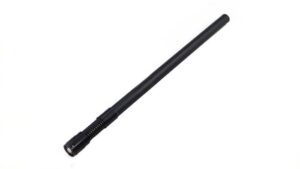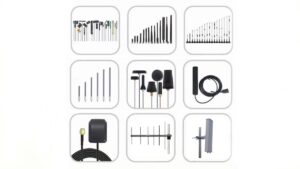The LoRa Alliance Extends LoRaWAN Standard to Support IoT Applications by adding TS013-1.0.0, an application programming interface (API) for application payload decoder-encoders (codecs).
The LoRa Alliance reported it on October 25, 2022. The consortium is the global association supporting the Internet of Things (IoT), Low Power Wide Area Network (LPWAN) open LoRaWAN standard.
Adopting the new TS013-1.0.0 specification will allow device manufacturers and application service providers to reduce deployment complexity. This will make it easier and faster to deploy LoRaWAN devices.
“LoRa Alliance members have worked with their customers to discover new opportunities to improve ease of use,” said Donna Moore, CEO, and Chair of the LoRa Alliance.
“By developing a standardized application payload codec API, we have simplified the process, made device integration and deployment easier, and facilitated large-scale LoRaWAN deployments. This new specification removes another barrier to large-scale IoT through a new standards-based approach.”
Messages are encoded very tightly when transporting application loads using LoRaWAN to minimize bandwidth usage. When messages arrive at the application server, they must be decoded before they can be read and processed.
Previously, each device manufacturer or application developer had to write specific codecs for each device and application platform pair, which created friction when the device went live.
With the new payload codec API specification, codecs can be developed once and used on any application platform, resulting in significant savings in reduced complexity and faster market time.
In addition, the new payload codec API specification standardizes the JavaScript codec API for LoRaWAN devices to support adoption by device manufacturers and application server vendors.
The standard codecs provide the ability to decode uplinks/downlinks and encode downlinks, allowing new LoRaWAN devices to be easily integrated into any compatible platform.
After a decade, LoRaWAN, a de facto standard that no one in the global IoT field knows, has finally been officially recognized as a global IoT standard by the International Telecommunication Union (ITU) recently, which will be an important milestone in the development process of LoRa.
Not long ago, the LoRa Alliance, which supports the IoT Low Power Wide Area Network (LPWAN) LoRaWAN open standard, announced that ITU-T Y.4480, the standardization of the Internet of Things and Smart Cities and Communities, which is the responsibility of Study Group 20 of the ITU Telecommunication Standardization Sector (ITU-T) Proposal: Low Power Protocol for Wide Area Wireless Networks” was adopted, and LoRaWAN was officially approved as a global standard by ITU.
This means that LoRaWAN, an objective standard that no one in the global IoT field knows, is officially recognized as a global IoT standard after years of development, which is an important milestone in the development process of LoRa.
On the one hand, LoRaWAN has become an international standard, which will speed up the digital transformation of countries around the world and enrich the digital transformation of each country from the unification of the standard level.
On the other hand, LoRa globalization is further favored to ensure the development of the previously selected LoRa ecological enterprises. It has a boosting effect on the further development of LoRa ecology.
LoRa Alliance Extends LoRaWAN Standard to Support the Internet of Things Applications , A highly Open Global IoT Standard
LoRa, which stands for “Long Range Radio,” was introduced to the world in 2009 by Cycleo, a French company, as a linear FM spread spectrum modulation technology.
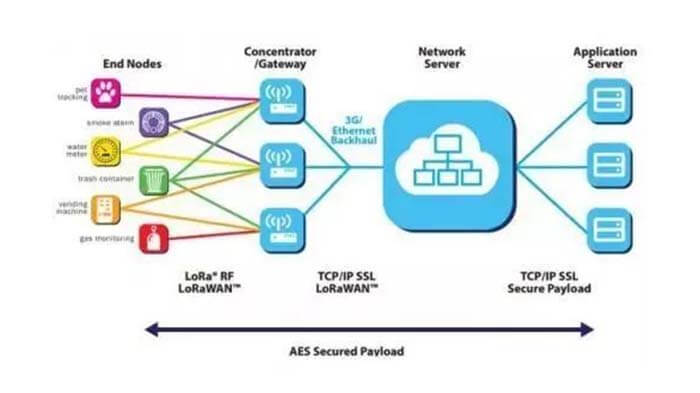
In March 2012, Semtech acquired the start-up company. In August of the following year, it officially released a new Sub-1GHz spectrum spread spectrum communication chip called LoRa for the industry, with a maximum reception sensitivity of -148dBm, compared with other chips in the same frequency band, the maximum reception sensitivity of the chip has increased by 20-25dB, which is reflected in the application to achieve About 10 times the transmission distance is improved.
The amazing performance soon attracted widespread attention in the industry, especially since LoRa is based on an unlicensed spectrum for the ultra-long-range low-power wide-area IoT wireless communication market, which became its favored advantage then.
However, just one LoRa modulation technology-based transceiver chip is far from enough to pry the vast market of IoT. LoRa’s success is not only due to Semtech’s hard work but also depends on its global ecosystem.
This vision was reflected in practical action when Semtech joined with Actility, Cisco, IBM, and other vendors to establish the LoRa Alliance in 2015, dedicated to promoting the global adoption of the LoRaWAN open standard by ensuring the interoperability of all LoRaWAN products and technologies.
The alliance has developed more than 400 company members, including China’s Alibaba, Tencent, Jingdong, and many other major manufacturers, forming a broad industrial ecology. And this has become a key factor in promoting LoRa-related technical standards, product design, and application cases to form the current huge industrial ecology.
On the other hand, LoRa is different from other technologies that can be easily labeled as a single technology, including IP, R&D, and various aspects of production that are not in the U.S. possessions.
For example, LoRa technology originated in France. The U.S. company Semtech acquired it, but the research and development based on the technology and the design of the chip products are conducted in Switzerland.
After the chip is designed, the supply chain is completed in several countries and regions worldwide. For example, LoRa chip wafer production is carried out at TSMC in Taiwan, China, while the subsequent packaging and testing process is done in Southeast Asian countries such as Malaysia.
From a small-scale technology to a de facto standard
Since 2015, LPWAN has become a hot topic in the field of IoT, and along with the consensus of the IoT industry on the structure of “60%-30%-10%” of IoT connectivity, the battle for the right to speak around 60% of the low-power wide area network market has undergone a battle.
From the current perspective, the global LPWAN market has formed a stable “2+2” pattern, i.e., NB-IoT, LoRa, LTE-M, and Sigfox, four types of technologies composed of authorized spectrum camp and non-authorized spectrum camp.
According to the monitoring data from IoT Analytics, a leading IoT research firm, the number of nodes using these four technologies accounts for more than 96% of all LPWAN nodes.
Specifically, NB-IoT leads with a 47% share; LoRa with 36% market share; LTE-M with 10%; and Sigfox with 3%. NB-IoT and LoRa have a clear lead, and the latter 2 types of technologies are difficult to surpass.
So far, more than 171 countries/regions have deployed LoRa/LoRaWAN systems worldwide, with a total of over 2.2 million LoRa gateways and over 280 million LoRa end nodes.
In contrast, more than a year ago, the number of countries and regions deploying LoRa/LoRaWAN systems worldwide was still 157, the number of LoRa-based gateways deployed was more than 800,000, and the number of LoRa-based terminal nodes was only 145 million.
In contrast, it is found that after more than a year of development, the number of countries deploying LoRa or LoRaWAN? The systems worldwide have increased by 8.9%, the number of LoRa-based gateways deployed has increased by 175%, and the number of LoRa-based end nodes has increased by 93%. In addition, there are now more than 160 LoRaWAN operators worldwide, a threefold increase from the previous year. All of these show that the LoRa market is still in high growth.
In addition, according to research institutions, 43% of LPWAN IoT solutions will be based on LoRa by 2023, and 50% of LPWAN IoT solutions will use LoRa technology by 2026.
LoRa's development in China enters the next phase
There is no doubt that China remains the largest market for LPWAN, based on the high importance and focus on digitization in the country, which is also driving the expansion and growth of IoT connectivity.
In terms of LPWAN, many industries in the country have adopted LPWAN technology more extensively than other countries in their digitization efforts. Over the past few years, China has become the largest adopter in the LPWAN market, with the largest number of NB-IoT and LoRa connectivity nodes.
China accounted for 80% of the total global LPWAN connections in 2020 and reached 76% in 2021 despite a decline. This will bring LoRa’s subsequent further development in China to a new stage, supporting the innovation and explosion of domestic applications on the one hand; on the other hand, it will realize the overseas expansion of China’s achievements further than to overseas markets.
LoRa vs. NB-IoT Technology
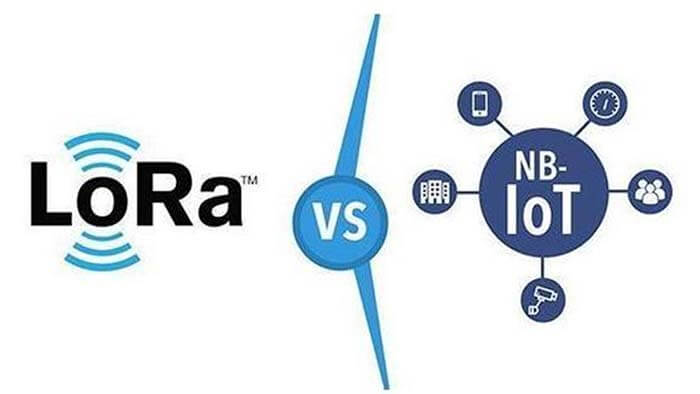
Although NB-IoT has achieved good development since this year and become the number one technology in LPWAN, we need to emphasize that there is not much competition between the two, but more of a complementary market-based relationship.
In terms of technology, the two leading technologies in LPWAN, NB-IoT, and LoRa, have their own advantages.
NB-IoT adopts an authorized spectrum with less interference, a high guarantee of communication quality and message security, and the core advantage of unlimited data transmission times. However, based on the authorized spectrum, NB-IoT also relies more on the network coverage of telecom operators, and the operating cost is relatively high.
In contrast, LoRa technology works on unlicensed spectrum, so there is no need for spectrum licensing fees, and vendors can rely on telecom operators to achieve self-assembled network coverage, which has the advantage of faster deployment and lower cost.
Besides the LoRa Alliance Extends LoRaWAN Standard to Support IoT Applications article, you may also be interested in the below articles.
PCB Antenna VS. External Antenna
Ceramic Antenna VS. PCB Antenna, A Comparison Guide
Wifi vs. 5G, is 5G better than Wifi?
Mobile Networks’ Evolution From 1G To 5G
How To Choose an Embedded Antenna For IoT?

